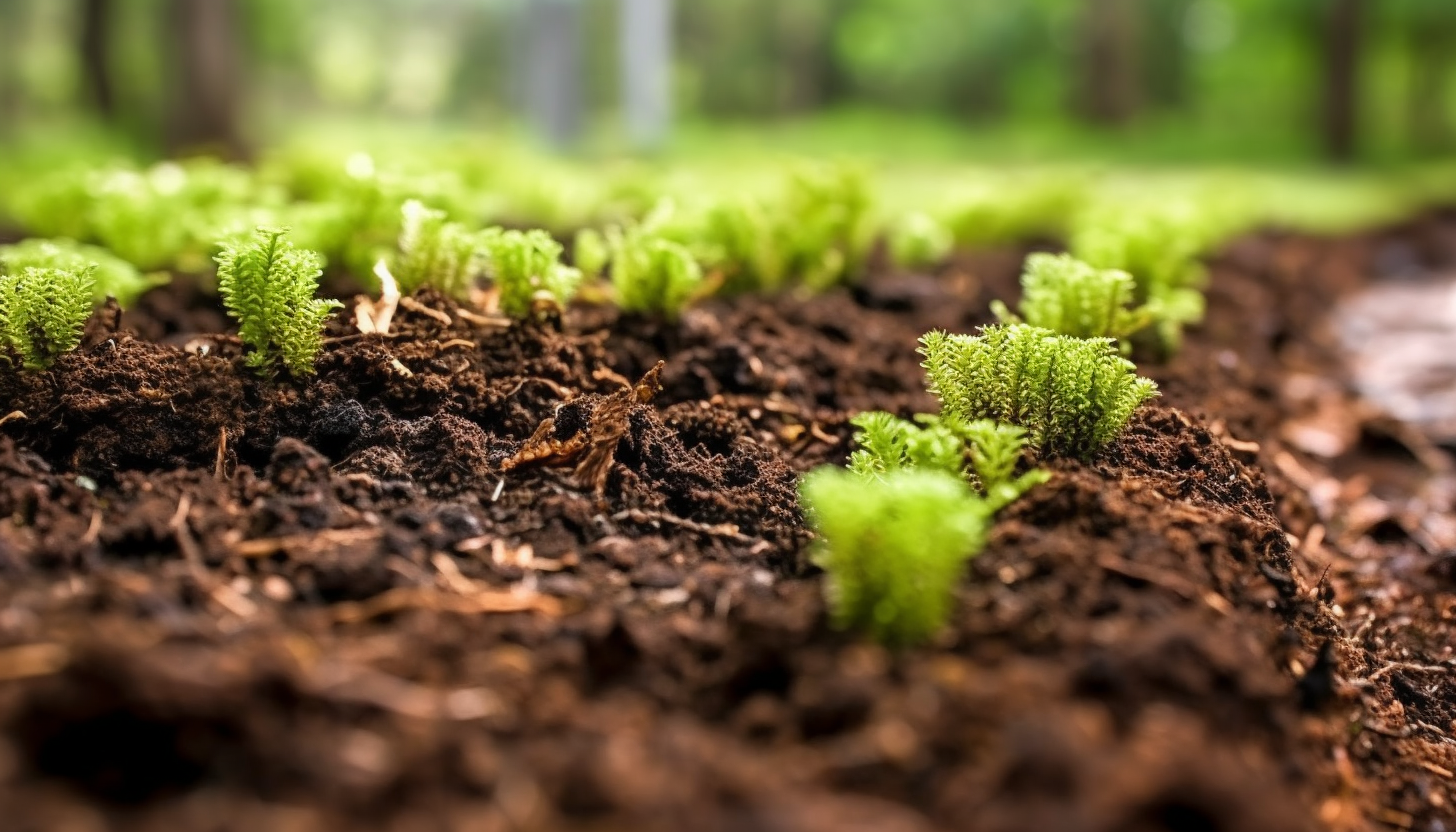P
May 28, 2023
Using Peat Moss in Gardening: Benefits and Best Practices
#Gardening
#Soil
#Water Retention
#Nutrient Enrichment
#Peat Moss
#Potting Mix
#Transplanting
#Aeration
#Drainage
#Container Gardening
#Hydroponics
#Raised Bed Cultivation

using-peat-moss-gardening-thumbnail
Understanding Peat Moss in Gardening
Peat moss, also known as sphagnum moss, is an organic material that is found in bogs. It is a unique soil amendment that has numerous benefits in gardening. When added to soil, it improves water retention, enhances nutrient enrichment, and promotes aeration and drainage. It also aids in improving soil structure, making it more friable and fertile. Peat moss is especially beneficial in container gardening and hydroponics, where the soil tends to dry out quickly. In these systems, peat moss acts as a moisture retention agent, keeping the soil moist for longer periods of time.
When using peat moss, it's crucial to understand its texture and how it affects the soil. Unlike regular garden soil, peat moss is highly absorbent. This means it's easy to over-water plants, especially in containers. It's important to mix the peat moss with good quality potting soil, or a high-quality organic compost, to ensure the right balance of moisture retention and drainage.
When it comes to transplanting, peat moss is a great tool. It acts as a cushion, protecting the delicate roots of the plant. It also helps to keep the soil surrounding the roots intact, reducing the risk of damage. When using peat moss for transplanting, it's important to thoroughly mix it with the existing soil to prevent the roots from becoming restricted.
Peat Moss in Hydroponics and Raised Bed Cultivation
In hydroponics and raised bed cultivation, peat moss is an essential ingredient. In hydroponics, it acts as a substitute for soil, providing a stable growing environment for plants. It helps to maintain the pH balance of the nutrient solution, enhances water retention, and provides aeration and drainage. In raised bed cultivation, peat moss can be used to fill in the spaces between the raised beds, improving the soil structure and providing a stable base for the plants.
When using peat moss in hydroponics, it's important to note that it can absorb a lot of water, so it's critical to regularly check the water level and top up as needed. It's also advisable to use a high-quality potting mix or compost to improve the drainage and provide nutrients to the plants.
Conclusion
In conclusion, peat moss is a versatile and beneficial soil amendment. When used properly, it can improve the quality of your soil, promote healthy plant growth, and make gardening easier and more enjoyable. Remember to always check the usage instructions on the packaging before incorporating peat moss into your gardening routine.


